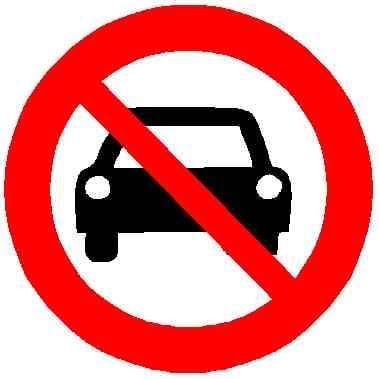… Officials also acknowledge that the traffic within the loop itself will “roughly remain the same.”
That caveat is what has led to deep skepticism (well, that and experience). According to researchers at the UCLA Institute of Transportation Studies, the plan runs into the problem of induced demand. In other words, make it easier to drive somewhere? Great, now more people will drive there until it stops being easy.
There’s also the issue of the contractor, the same company behind the much-delayed Automated People Mover. A spokesperson for LAX told the Los Angeles Times they have learned lessons from those very public delays and are in a “good spot because of it.”
Opponents, including local resident advocates from Westchester and neighboring communities, are calling for more than a road-focused approach. They argue money might be better invested in high-capacity shuttle services, expanded bus lines and other alternatives that shift people rather than simply moving more cars.
But LAX’s board is determined to upgrade its traffic arteries, leaving the bigger question looming: will smoothing the flow of cars translate to a faster journey or pave the way for more vehicles to pour in until the gridlock comes full circle? For now, the grand plan has been approved, the construction schedule locked in and the countdown to Olympics traffic has begun.



Every time a headline is a question, the answer is no